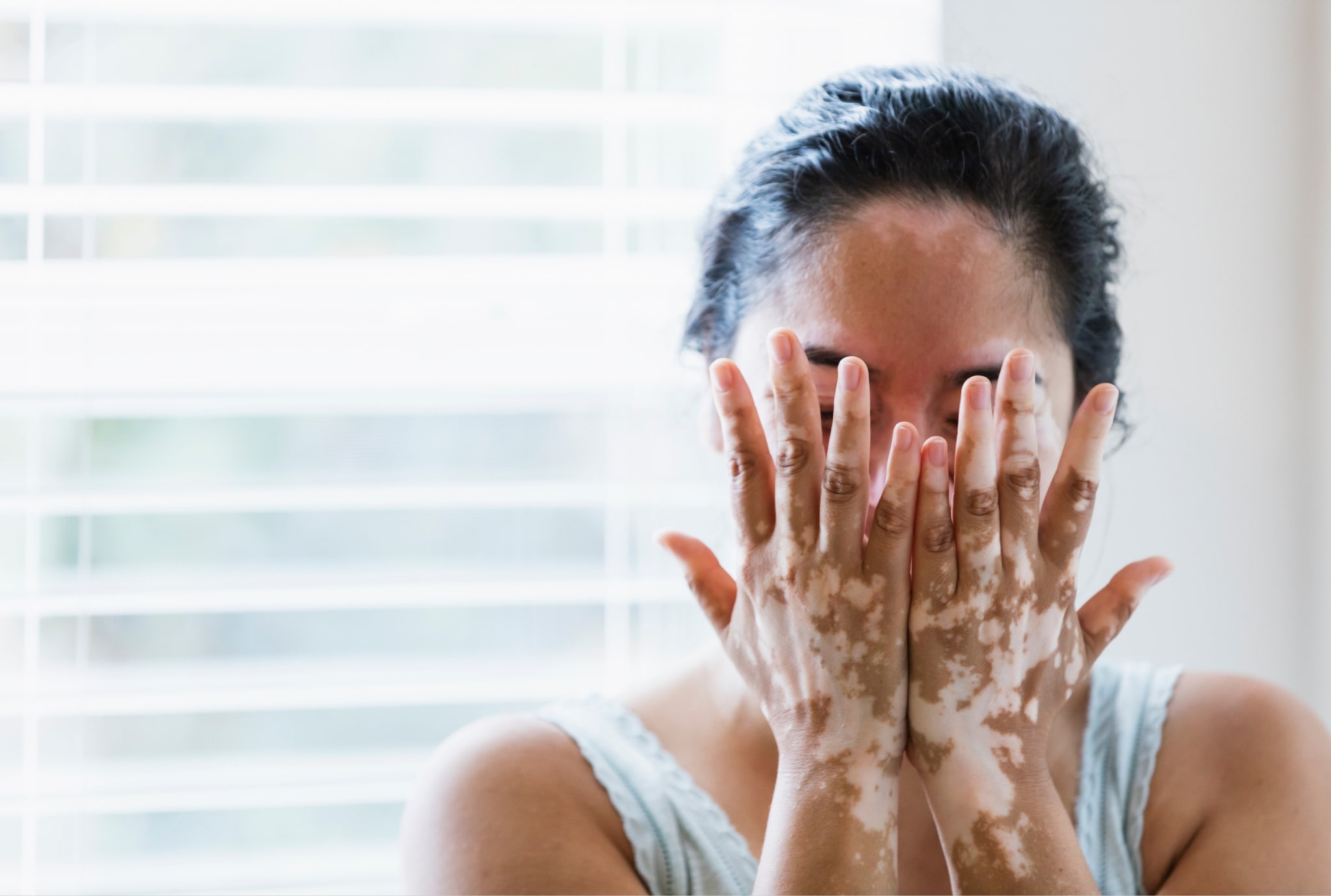Vitiligo
Vitiligo is a chronic skin condition identified by white patches on the skin. It is an autoimmune disorder that triggers the loss of skin pigment (melanin).
It occurs when the body’s immune system destroys the melanocytes, turning the skin milky-white.
Patches of vitiligo are usually symmetrical on both sides of the body, and occasionally, the loss of skin pigment covers a large area. While vitiligo is not hereditary, people with this condition usually have a family member with the condition.
While vitiligo cannot be cured, many cosmetic treatments are available today that make the skin tone appear even.



